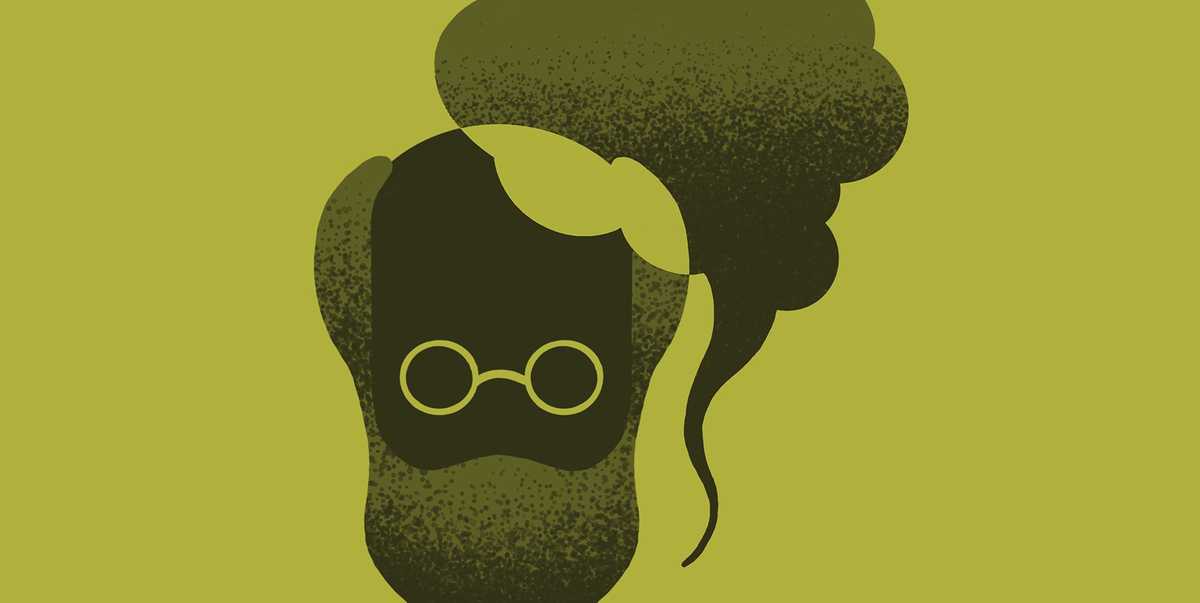
Deep down, social researchers know you cannot actually understand another person’s situation, only they can.
However, by establishing trust, listening and, demonstrating shared purpose, we can have an open conversation; we can interpret a person’s situation and define their emotional or functional responses to it.
We all routinely forget this fact, acting in ways that may seem selfish or arrogant but are mostly just a misreading of the other person’s perspective or intent. One misreading can result in a long period of mistrust and repair.
There must be a formula.
Take for example, framing social impact measurement.
We often have companies come to us seeking to measure their social impact. After a brief discussion, it becomes clear that what they actually want is a pre-existing set of measurement areas and metrics, a vessel into which they can pour data and print out a report for communication to customers or stakeholders.
The problem with this approach is that it starts with ‘how’ and not ‘who’ or ‘why’.
Social impact can be defined as the positive social change that an organisation creates through its actions and interventions. The premise is that a company’s actions can impact positively on society to address social needs.
However, the point often missed is that society decides what is needed and the impact sought, not the organisation acting. The first step – the most important step – in social impact measurement is to define what impacts are relevant.
Usually, it is a subgroup – a community – that is the beneficiary. So, equally important, is the definition of that group: its needs but also influences, attitudes and beliefs informing its perspectives and assessments.
Framing social impact measurement.
Every organisation has a positive social impact. The process of defining and measuring impact begins with an identification and categorisation exercise which broadly looks like this.
1. Hypothesis.
A company needs to start with a hypothesis: ‘we do good and we’d like to do more good – particularly where doing good improves innovation, productivity, sales or reputation’. There is a commitment to have an impact and there is a link to the success of the enterprise.
2. Impact now.
Defining where the company is having an impact – and simultaneously where it is not – creates a picture and provides direction. It is clearer where the company has the best chance of achieving impact, how it will affect the business and who the beneficiaries are. Tools such as shared value and social thinking facilitate this activity and ensure a focus on impacts of highest value.
3. Posing the right questions.
If they can see the value created, people are happy to share their opinions. Effective engagement communicates a destination, a pathway, and shared responsibility. It is honest about the business value sought as well as the social value. Using a method such as research as engagement, the impacts that are valued are quickly identified and momentum is built for ongoing engagement or co-design of initiatives.
4. Indicators.
Now that we know what the beneficiaries value and need, we can identify appropriate indicators at the enterprise, community, state or national (societal), and global levels. By framing social impact measurement effectively we can effectively commission expert input in areas such as health, social cohesion and economic development, confident it will be relevant. We can also establish effective partnerships.
A case study: Libraries
Libraries around the world are struggling to maintain relevance in the digital era where knowledge is freely available, and where commercial businesses are targeting real life experiences traditionally the domain of libraries (e.g. ‘co-working’). As libraries are a public service, funded by rates and taxes, they need to address social need. To be relevant and thrive once more, libraries need to identify social needs and groups among which these needs are most acute, and correlate findings against their current or potential operations and outcomes. This is the process we undertook with Lake Mac libraries to efficiently define needs and change the way the organisation not only sees its role, but sees itself. Through that process, librarians surprised themselves by becoming innovators, empowered by the sense of relevance they could clearly see and feel.
At points during their degree, medical students undertake a real-life scenario test during which they must earn the trust of the patient and ask the right questions to support diagnosis. It’s very different to everything else they have learned sitting in a lecture theatre or reading text books.
The test emphasises the critical importance of gaining a person’s trust and establishing shared purpose to achieve a positive impact: better health. Get the questions wrong and the diagnosis may make the patient sick, not well.
Method, measurement and metrics should be co-designed with community partners and beneficiaries.

